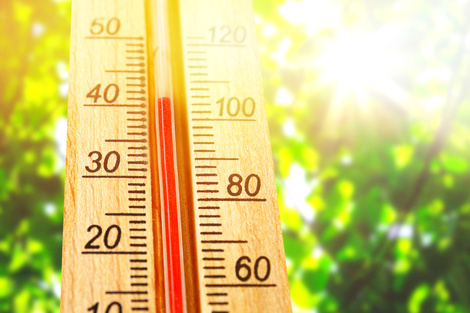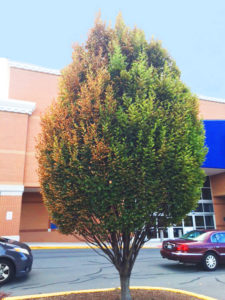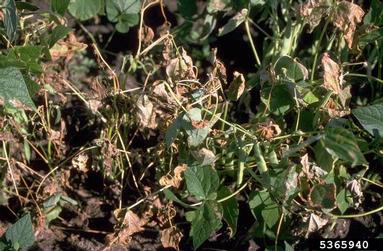
With one heatwave ending and another approaching trees and shrubs are starting to show the effects from the heat. Heat stress can make your plant more susceptible to insects and disease, can cause unsightly damage, and may kill young or newly planted trees & shrubs.
Unlike humans and animals, the signs of heat stress in trees and shrubs can be hard to spot. Which is why our Arborists worked together to compile a list of signs for homeowners to watch for. As the summer progresses and the heat waves keep coming, make sure to keep an eye out for the signs of heat stress laid out below.
Signs Of Heat Stress
- Yellowing of leaves/needles
- Leaves/needles dropping from your tree or shrub
- Fruit dropping early from your tree or shrub
- Leaves with crisp edges
- Browning leaves/needles
- Wilting & Curling leaves
- Trees with blooms will stop blooming/drop blooms
- Rust-colored spots or bumps
Photo Examples Of Heat Stress




How To Help Trees & Shrubs With Heat Stress
Unfortunately, you can’t just move trees and shrubs inside or into the shade to reduce heat stress. However, there are steps you can take to minimize the heat stress put on your plants. Follow our tips below to prevent heat stress and reduce its effects if your tree is already showing signs.
Water Your Trees Deeply & On A Regular Basis
One of the most important ways to combat heat stress is to provide your tree with enough water. Make sure you’re watering your trees & shrubs properly during these hot summer months with our tips below.
- Focus on the critical root zone when watering. Wetting foliage is a waste of water and can promote the spread of diseases.
- DON’T use a sprinkler. This only wets the top layer of soil and doesn’t properly water the tree.
- Water in the morning to avoid evaporation and to help trees deal with the heat throughout the day.
- Water deeply and thoroughly 1 to 2 times a week.
- Put your normal hose somewhere in the critical root zone.
- Turn hose on to a dribble
- Leave for 2-3 hours
- Move the hose to a different spot in the critical root zone and leave for 2-3 hours. Repeat this step 1-3 times.
- You want the soil to be moist but not soaking. You should NOT be able to make a mud ball out of the soil.
- It’s okay for some portions of the soil to be wet and some to be dry.
Mulch Around Your Trees
Mulching around trees can help control the temperature of the soil keeping the tree/shrub’s roots cooler. Mulch also helps the soil retain moisture and nutrients that can help reduce the heat stress on the tree. Follow our mulching tips below for the best results.
Size: The best mulching goes out as far as the drip line of the tree. However, this isn’t reasonable for most homeowners with large trees. If this isn’t practical, apply mulch in a 2 to 3-foot radius around the tree instead.
Depth: About 2-4 inches
- Do not pile the mulch against the trunk of the tree. Instead keep it away from the trunk, so that the root flare zone is visible.
- To refresh the look of mulch, lightly rake the top layers of the mulch, or simply remove the old mulch and replace with new mulch. Don’t pile new layers on top of old ones.
- Do not use fresh wood chips for mulching around young trees. Fresh wood chips have a higher acidity and can injury a young tree.
Aerate Your Soil
Soil that is compacted can cause water to run off instead of being absorbed into the soil where it can reach the roots. If you’re watering your trees/shrubs but still seeing signs of heat stress, this may be the issue. You can combat this by having the soil in your tree’s critical root zone aerated. Our Arborists will use high-velocity air tools and techniques to properly aerate the tree’s critical root zone (CRZ) loosening the soil. This creates macro and micropore space, making room for water and nutrients to reach the roots.
If your tree or shrub is showing signs of heat stress we can help! Give us a call at 703-573-3029 to schedule a consultation with a Certified Arborist or book an appointment using our online booking system.


